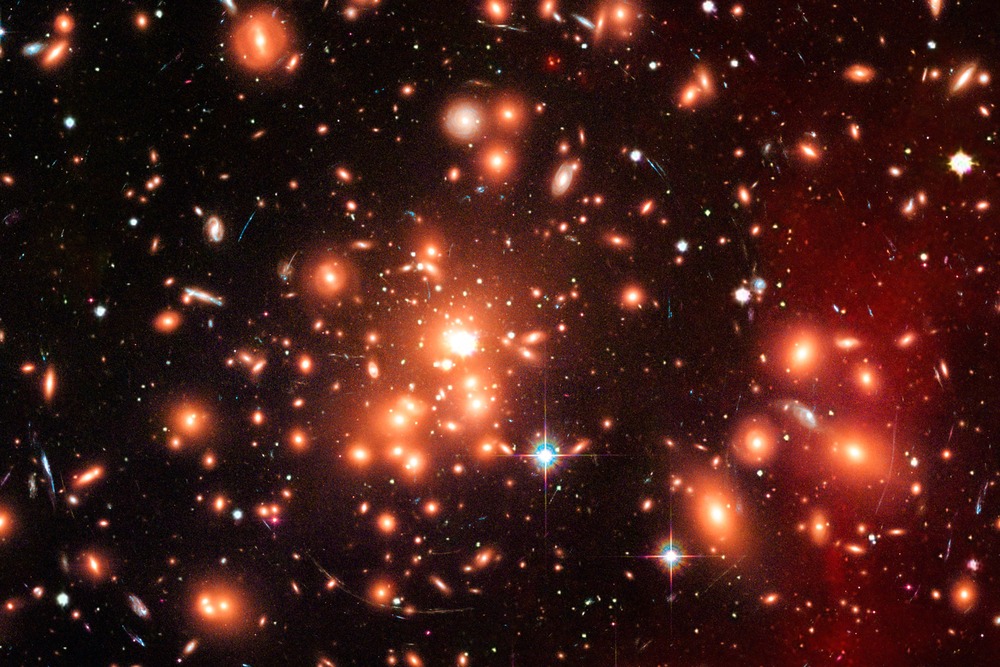Groundbreaking study investigating the origins of cosmic structures by analyzing over a million galaxies. Discover how researchers used galaxy shapes to explore the nature of primordial fluctuations in the universe.
This article from Phys.org dives into an extensive study that delves into the fundamental properties of the early universe by examining the spatial distribution and shapes of galaxies. The research, outlined in Physical Review D, offers novel insights into cosmic structures’ origins.
A research team examined more than a million galaxies to explore the inception of contemporary cosmic structures, aiming to understand the standard framework of the universe known as the ΛCDM model.
The ΛCDM model posits that primordial fluctuations generated in the early universe led to the formation of celestial entities like stars, galaxies, and galaxy clusters, influencing their spatial distribution in space over time.
Researchers studied galaxy shapes, a relatively novel approach, to extract additional information and provide a different perspective on primordial fluctuations’ nature. They developed a method to measure the power spectrum of galaxy shapes, combining spectroscopic and imaging data from the Sloan Digital Sky Survey (SDSS).
By analyzing galaxy shapes and spatial distributions, the team constrained the statistical properties of primordial fluctuations, uncovering significant alignments in distant galaxies’ orientations more than 100 million light years apart.
The study’s findings confirm correlations between galaxies’ shapes consistent with inflationary predictions, providing insights into the physics of the early universe.
The utilization of galaxy shapes in studying the early universe opens a new avenue in cosmological research, offering a unique lens into understanding the underlying physics and properties of primordial fluctuations.
This pioneering research showcases a groundbreaking approach to validate cosmological models by integrating galaxy shapes into the analysis of cosmic structures, paving the way for future investigations in inflation theory and early universe physics.
The study’s methodology and outcomes mark a significant milestone in cosmology, presenting a promising avenue to deepen our understanding of the universe’s origins and validate crucial cosmological models.
The groundbreaking research exploring galaxy shapes and cosmic structures presents a transformative shift in cosmological study, setting a trajectory for further investigations and advancements in understanding the universe’s early stages.
Research based on materials from Phys.org



